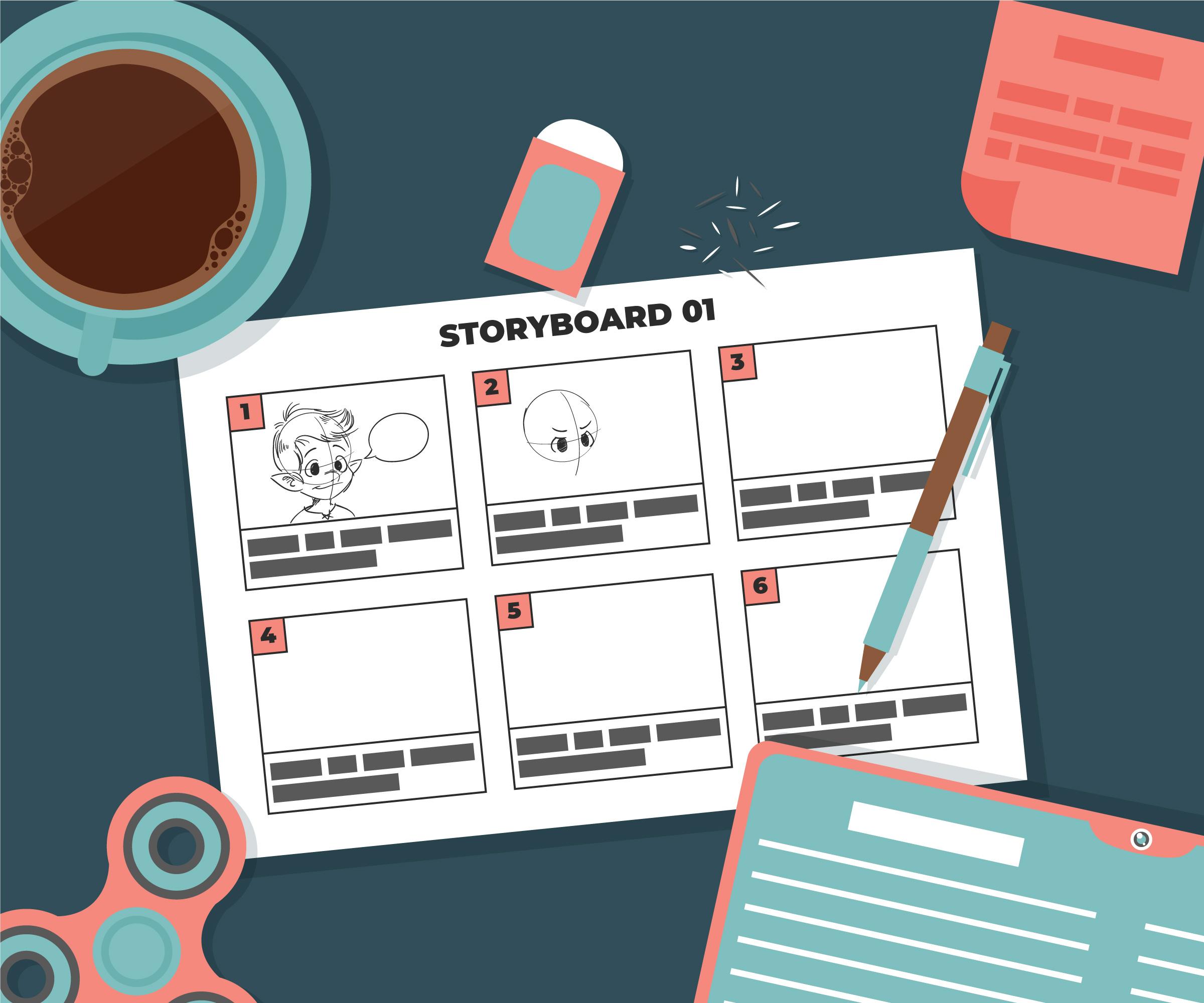
Understanding Dyslexia: Signs, Symptoms, and Support
What is Dyslexia?
Dyslexia is a common learning difficulty that primarily affects the skills involved in accurate and fluent reading and spelling. It is a specific learning difficulty, which means it causes problems with certain abilities used for learning, such as reading and writing. Unlike a learning disability, intelligence isn’t affected. It is believed to be caused by genetic and environmental factors that affect the way the brain processes written and spoken language.
The Science Behind Dyslexia
Dyslexia is typically identified in children when they begin learning to read. It involves difficulties with phonological processing (the manipulation of sounds), verbal memory, and verbal processing speed. Though it is a lifelong condition, its impact can vary at different stages of life. With the right support and intervention, individuals with dyslexia can achieve success in school and later in life.
Spotting the Signs of Dyslexia
Dyslexia can present itself in numerous ways, and its symptoms can vary from person to person. Early identification is crucial for effective intervention.
Early Childhood (Preschool)
Signs of dyslexia in early childhood might include:
- Delayed speech development compared to other children of the same age.
- Difficulty in learning the names and sounds of letters.
- Issues with pronouncing longer words and jumbling up sounds in words.
- Problems with rhyming words and learning nursery rhymes.
- Difficulty in following multi-step instructions.
School Age (Primary School)
As children enter primary school, signs of dyslexia can become more apparent. These might include:
- Poor reading progress compared to peers.
- Difficulty in spelling common words correctly, often spelling them phonetically.
- Struggling to remember sequences, such as days of the week or the alphabet.
- Problems with handwriting.
- Reluctance to read aloud in class.
- Difficulty in understanding and recalling what was read.
Teenage Years and Adulthood
In teenagers and adults, dyslexia can manifest through:
- Difficulty in reading fluently and accurately.
- Trouble with writing clearly and coherently.
- Struggles with learning a foreign language.
- Challenges in note-taking during lectures or meetings.
- Organisation and time-management difficulties.
- Problems with mathematical operations and understanding complex concepts.
Getting Help and Support
If you suspect that you or your child may have dyslexia, it’s important to seek help as early as possible. Here’s a guide on where to start:
Educational Support
- Talk to the School: If you are concerned about your child’s progress, discuss your concerns with their teacher or the school’s Special Educational Needs Coordinator (SENCO). Schools can provide initial assessments and support strategies within the classroom.
- Request an Evaluation: Schools can conduct or arrange for a formal assessment by an educational psychologist or a specialist dyslexia teacher. This evaluation can help identify specific needs and recommend appropriate interventions.
- Individual Education Plan (IEP): Based on the assessment, an IEP may be developed to outline specific targets and support mechanisms for the child.
Professional Help
- Educational Psychologists: These specialists can conduct detailed assessments and provide recommendations for educational strategies and accommodations.
- Specialist Teachers: Teachers trained in dyslexia can offer tailored tutoring and support.
- Speech and Language Therapists: They can help address language-related issues that might arise from dyslexia.
Support Organisations
Several organisations offer resources, support, and advocacy for individuals with dyslexia and their families:
- The British Dyslexia Association (BDA): Provides information, resources, and support services. [URL]
- Dyslexia Action: Offers assessments, tutoring, and training for educators and parents. [URL]
- Local Dyslexia Associations: Many regions have local support groups that offer resources and a community network.
Technology and Tools
Numerous assistive technologies and tools can support individuals with dyslexia:
- Text-to-Speech Software: These programmes can read digital text aloud, aiding comprehension.
- Speech-to-Text Software: Useful for those who struggle with writing, this technology converts spoken words into text.
- Reading Pens and Scanners: These devices can scan and read text aloud.
- Specialised Fonts and Formatting: Fonts like Dyslexie and OpenDyslexic are designed to increase readability for those with dyslexia.
Home Strategies
Parents and individuals can adopt several strategies at home to support learning:
- Reading Together: Spend time reading together daily to build fluency and comprehension skills.
- Use Multisensory Techniques: Engage multiple senses in learning, such as using physical letters, writing in sand, or using apps that combine visual, auditory, and kinesthetic learning.
- Encouragement and Positive Reinforcement: Celebrate successes and provide positive feedback to boost confidence and motivation.
- Organisational Tools: Use planners, calendars, and checklists to help with time management and organisation.
Conclusion
Dyslexia is a lifelong condition, but with the right support and strategies, individuals with dyslexia can thrive academically, professionally, and personally. Early identification, tailored interventions, and a supportive environment are key to success. Remember, dyslexia is just one part of a person’s identity, and it does not define their potential or abilities.



